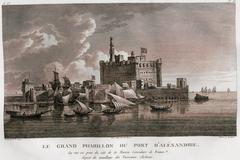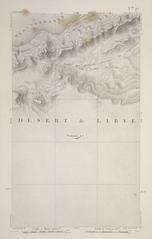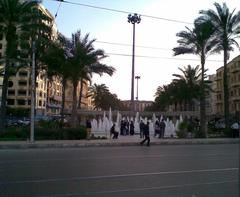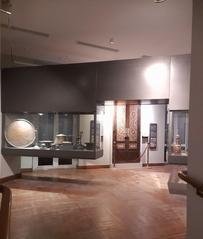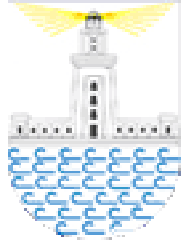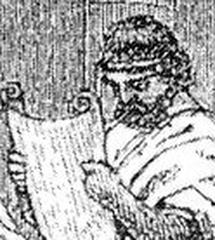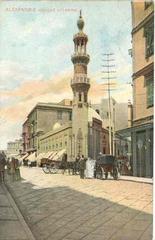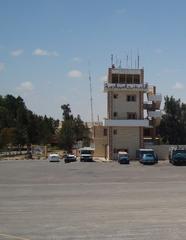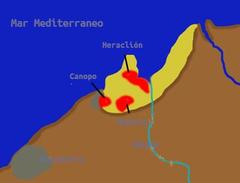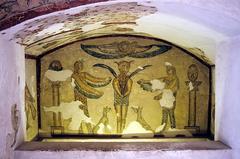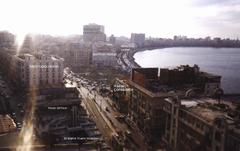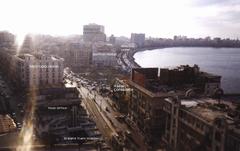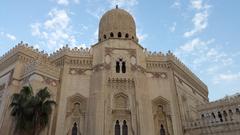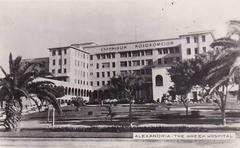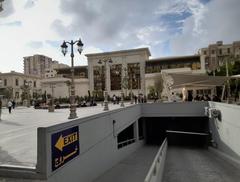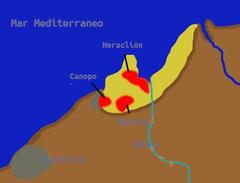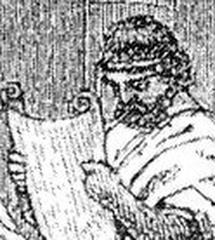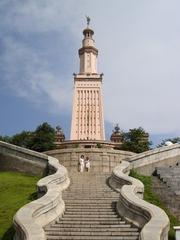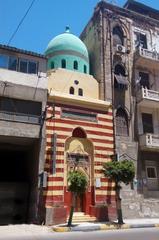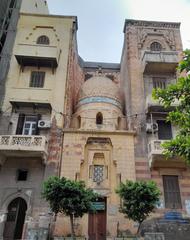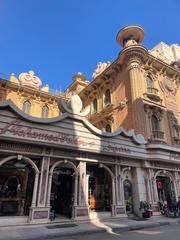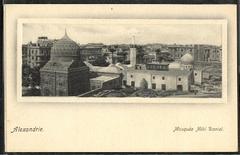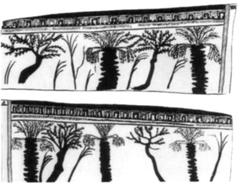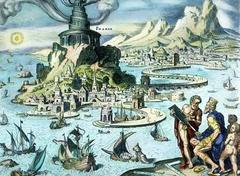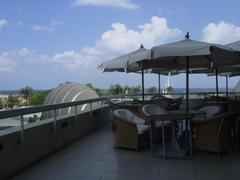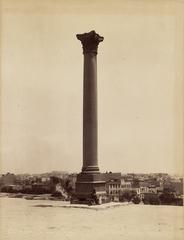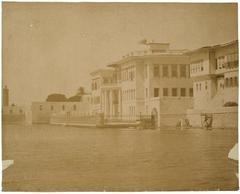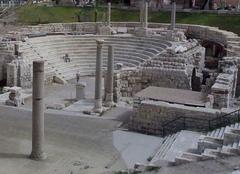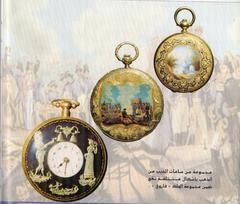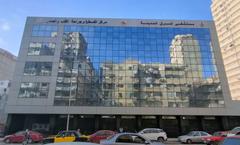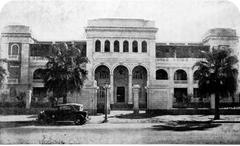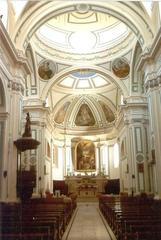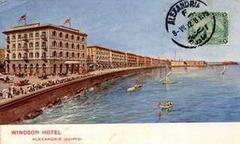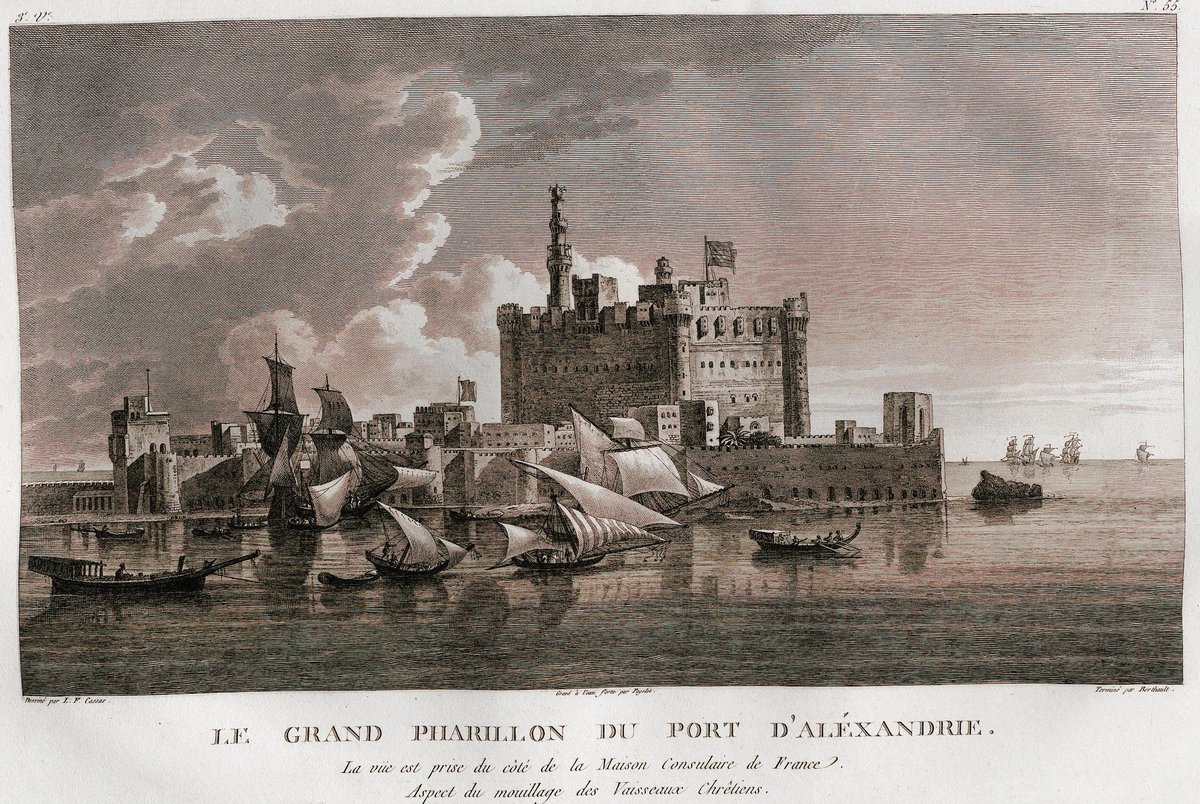
The Citadel of Qaitbay: Visiting Hours, Tickets, and Comprehensive Guide to Alexandria’s Historic Fortress
Date: 14/06/2025
Introduction: The Citadel of Qaitbay and Its Significance
The Citadel of Qaitbay stands as one of Egypt’s foremost maritime fortresses, deeply rooted in Alexandria’s ancient and medieval history. Constructed in 1477 by Sultan Al-Ashraf Sayf al-Din Qa’it Bay, this impressive stronghold was strategically built on the ruins of the legendary Lighthouse of Alexandria—one of the Seven Wonders of the Ancient World. Its commanding position at the mouth of Alexandria’s eastern harbor allowed it to serve as a primary line of defense against naval threats, while its robust Mamluk architecture—characterized by thick limestone walls and formidable towers—showcases the military ingenuity of its era. Today, the Citadel is not only a symbol of Alexandria’s resilience but also functions as a museum that immerses visitors in Egypt’s layered maritime, military, and cultural heritage. To make the most of your visit, this guide details the Citadel’s architectural marvels, museum exhibits, visiting hours, ticketing, accessibility, and nearby attractions. For further planning, consult resources such as Egypt Tour Packages, Cairo Egypt Tours, and Egypt Day Tours.
Table of Contents
- Introduction: The Citadel’s Significance
- History and Cultural Importance
- Location and Setting
- Architectural Features
- Museum and Exhibitions
- Visitor Information
- Nearby Attractions
- FAQs
- Conclusion
- References
History and Cultural Importance
Commissioned by Sultan Qaitbay in the late 15th century, the Citadel was pivotal in protecting Alexandria’s harbor from foreign invasions, especially during the time of the Mamluks and Ottomans. Its construction on the exact site of the ancient Lighthouse of Alexandria links visitors directly with thousands of years of history. Over time, the fortress became a symbol of Alexandria’s strategic and cultural importance on the Mediterranean, surviving centuries of change and restoration (Cairo Egypt Tours).
Location and Setting
The Citadel is located at the western tip of Alexandria’s harbor, specifically in the Anfoushi district, on a promontory that was once Pharos Island. Surrounded on three sides by the Mediterranean Sea, it offers panoramic views of the city, the coastline, and the bustling Corniche. Its proximity to other historical and cultural landmarks makes it a central point for any visit to Alexandria.
Architectural Features
Strategic Layout
Spanning approximately 17,550 square meters, the Citadel’s layout was designed for optimal defense, with thick outer and inner walls, multiple corner towers, and a secure central keep (Egypt Tours Portal). The main entrance is fortified by semi-circular towers, and the entire structure is encircled by the sea, enhancing its defensive capabilities.
Defensive Mechanisms
The fortress is a model of Mamluk military architecture. Its square main tower, three stories high, is reinforced at each corner by massive cylindrical towers with arrow slits and balconies for surveillance and defense. The thick limestone walls were built to withstand both artillery fire and the erosive effects of the sea. Restorations completed in recent years have further preserved these features (Egypt Planners).
Interior Plan
- First Floor: Houses the mosque, a central courtyard, and defensive passageways. The mosque features Mamluk arches and intricate stonework.
- Second Floor: Contains garrison barracks, storerooms, and administrative rooms, arranged for efficient movement and defense.
- Third Floor: Includes the Sultan’s private quarters and a ceremonial hall, offering commanding views over the Mediterranean.
Functional Elements
The Citadel was engineered for sustainability during sieges, with:
- Water Cisterns: Large tanks to store fresh water for the garrison and livestock.
- Bakery and Mill: Facilities for producing bread and grinding grain.
- Storehouses: Secure rooms for arms, ammunition, and provisions. (Egypt Tours Portal; Egypt Tour Packages)
Decorative Highlights
The interior walls and ceilings are elegantly adorned with Mamluk geometric patterns, Arabic calligraphy, and detailed stone carvings, reflecting the artistry and religious devotion of the period (Egypt Planners).
Museum and Exhibitions
Military Relics
The Citadel now functions as a museum, featuring a fascinating array of artifacts such as:
- Weaponry: Swords, shields, and firearms representing the technological evolution of Alexandria’s defenders.
- Artillery and Cannons: Historical pieces used to protect the harbor.
- Navigation Tools: Compasses, maps, and ship models showcasing Alexandria’s maritime legacy. (Touring in Egypt)
Historical Artifacts
Significant exhibits include:
- Napoleon’s Bed: Used during his Egyptian campaign.
- Ottoman Marble Toilet: A rare example of early plumbing.
- Manuscripts: Documents detailing Mamluk political and social life. (Egypt Day Tours)
Educational Displays
Multilingual panels and interactive exhibits contextualize the fortress’s history, architecture, and daily life, making the experience accessible and engaging for visitors of all ages.
Cultural Events
The Citadel regularly hosts art exhibitions, educational programs, and cultural festivals, enhancing its role as a living museum and community hub (Egypt Planners).
Visitor Information
Visiting Hours
- Daily: 9:00 AM to 5:00 PM
- Note: Hours may extend to 6:00 PM during peak tourist seasons. Check official sources for updates before visiting.
Ticketing
- Foreign Adults: 60 EGP
- Foreign Students: 30 EGP
- Egyptian Adults: 20–60 EGP (varies)
- Egyptian Students: 5–30 EGP
- Children (locals): 15 EGP
- Where to Buy: Tickets are typically purchased at the entrance; online booking is limited.
Accessibility
- Physical: Due to its historic structure, access is limited for wheelchair users; ground-level courtyards are accessible, but upper floors and towers are not. Advance inquiries are recommended.
- Visual/Auditory: English and Arabic signage is available. Guided tours can further aid accessibility (Cairo Egypt Tours).
Getting There
- By Taxi/Ride-Hailing: Widely available (Uber, Careem); fares from central Alexandria are affordable.
- By Public Transport: Local minibuses and trams serve the area but may require a short walk.
- On Foot: The site is walkable from the Corniche and downtown hotels.
Facilities
- Restrooms: Basic facilities near the entrance.
- Shops/Kiosks: Snacks, drinks, and souvenirs available outside the entrance.
- Parking: Limited, with a nominal fee.
- No in-site restaurants: Numerous cafés and seafood restaurants are nearby in the Anfoushi district.
Guided Tours and Safety
- Guided Tours: Available via local operators, providing rich historical context.
- Safety: Security personnel are present throughout the site; visitors should be mindful of uneven terrain and high walls.
Nearby Attractions and Suggested Itineraries
- Alexandria Aquarium: Adjacent to the citadel, ideal for families.
- Corniche Promenade: Scenic waterfront walk with cafés and street vendors.
- Bibliotheca Alexandrina: A modern library and cultural complex, 3 km east.
- Anfoushi Neighborhood: Known for seafood restaurants and traditional markets.
- Abu al-Abbas al-Mursi Mosque: A prominent Islamic landmark nearby.
- Roman Amphitheatre and Kom el-Dikka: Central archaeological sites.
- Montaza Palace and Gardens: Royal history and leisure, further east.
- Catacombs of Kom el-Shoqafa: Blend of Egyptian, Greek, and Roman art.
Sample Itineraries:
- Half-Day: Citadel, Aquarium, Corniche stroll.
- Full-Day: Citadel, Bibliotheca Alexandrina, Anfoushi, local dining.
- Family-Friendly: Citadel, Aquarium, Corniche picnic.
- History Buffs: Citadel, Roman sites, Bibliotheca Alexandrina.
Frequently Asked Questions (FAQs)
Q: What are the Citadel of Qaitbay’s opening hours?
A: Daily from 9:00 AM to 5:00 PM (may extend to 6:00 PM in peak seasons).
Q: How much are tickets?
A: Foreign adults: 60 EGP; foreign students: 30 EGP; discounts for Egyptians and children.
Q: Is the Citadel wheelchair accessible?
A: Only ground-level areas are accessible; upper floors and towers are not.
Q: Are guided tours available?
A: Yes, through local operators or at the site.
Q: What’s the best time to visit?
A: Early mornings or late afternoons, especially in spring and autumn.
Q: Are there places to eat nearby?
A: Yes, especially in the Anfoushi district.
Conclusion
Visiting the Citadel of Qaitbay is an indispensable experience for anyone exploring Alexandria’s historical and cultural landscape. The fortress combines centuries-old architecture, fascinating museum exhibits, and stunning views, offering a unique window into Egypt’s maritime legacy. With practical details on opening hours, tickets, accessibility, and nearby attractions, this guide ensures you can plan a rewarding and memorable visit.
For the latest updates, exclusive tours, and personalized travel guides, download the Audiala app and follow our social channels. For more on Alexandria’s historical treasures, explore our related articles and stay connected for insider tips.
References
- Citadel of Qaitbay: Visiting Hours, Tickets, and Exploring Alexandria’s Historic Coastal Fortress, 2025, Egypt Tour Packages
- Visiting the Citadel of Qaitbay: Hours, Tickets, and Visitor Guide to Alexandria’s Historic Fortress, 2025, Cairo Egypt Tours
- Visiting the Citadel of Qaitbay in Alexandria: Hours, Tickets & Nearby Attractions, 2025, Egypt Day Tours
- Citadel of Qaitbay, 2025, Egypt Tours Portal
- Citadel of Qaitbay, 2025, Egypt Planners
- Touring in Egypt: Citadel of Qaitbay, 2025
